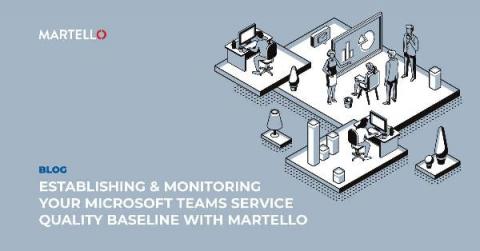Why Adding End-to-End Service Delivery is the 'Ace in the Hole' for MSPs
Your path to creating an elevated version of your current Microsoft 365 services is one that you already know is needed to create predictability for you and for your customers- predictability yields profitability. The reality is that Microsoft is more focused today on the commodity customer than your specific business needs as an MSP. This is one of the reasons most MSPs tend to take the backup/DR/cybersecurity angle.











